Fires, floods and storms: America’s ‘permanent emergency’ has begun
This summer of climate horror feels like the ‘first, vertiginous 15 minutes of a disaster movie’, says The New York Times
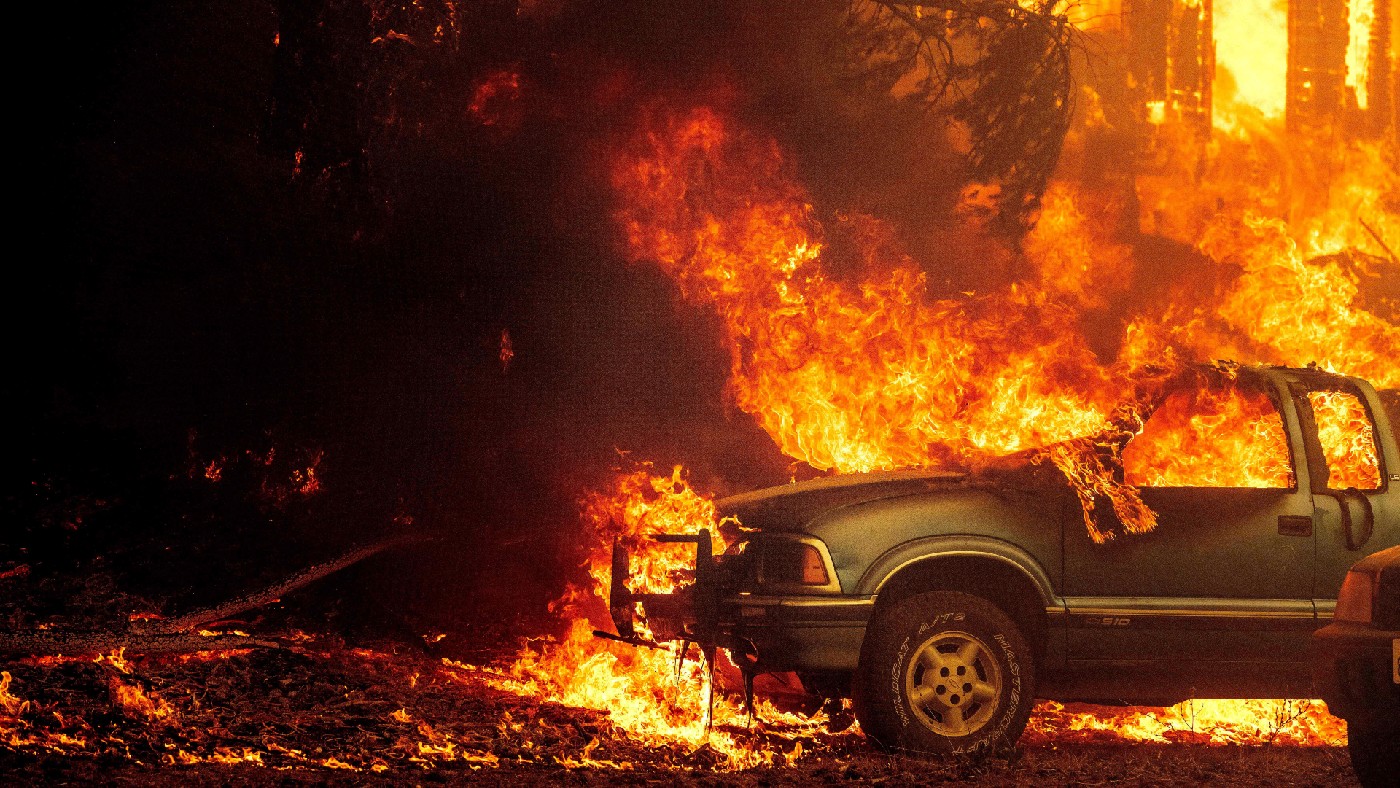
Apocalypse Right Now would be an apt title for it, said Maureen Dowd in The New York Times. This summer of climate horror feels like the “first, vertiginous 15 minutes of a disaster movie”.
It began with the hottest June in recorded history: temperature records were smashed not just in hot spots like Death Valley (54.4°C), but in such mild locales as British Columbia (49.6°C) and Seattle (42.2°C). That was followed by supercharged rain storms which created massive flooding in central Europe and China, turning streets into raging rivers.
And now we’ve got forest fires ravaging Siberia – Siberia, for heaven’s sake – Canada and the Pacific Northwest, where Oregon’s Bootleg Fire has so far consumed a staggering 400,000 acres of woodland, in a blaze so intense it has its own weather system – including lightning storms that start more fires. The inferno has also created a continent-wide plume of smoke now reddening sunsets and making it hard to breathe as far away as New York.
The Week
Escape your echo chamber. Get the facts behind the news, plus analysis from multiple perspectives.

Sign up for The Week's Free Newsletters
From our morning news briefing to a weekly Good News Newsletter, get the best of The Week delivered directly to your inbox.
From our morning news briefing to a weekly Good News Newsletter, get the best of The Week delivered directly to your inbox.
Wildfires have long been a part of California’s forest environment, said Gary Yohe on The Hill, but their extent and number has hugely increased in recent years. Nine of the ten largest have occurred since 2012. The August Complex Fire which broke out in August 2020 became the largest in California history, quickly followed by four more fires which became the third, fourth, fifth and sixth largest: they were still blazing in October. And now the Dixie Fire raging in California could dwarf them all.
The probability that this accelerated pattern of outbreaks is due to anything other than climate change is minuscule. That’s the one consolation of this “catastrophic summer”, said Sofia Andrade on Slate. More and more people now perceive “the existential threat the climate crisis poses”. The dire scenarios climate scientists projected for 2030 or 2040 are “already here”.
In fact, the scientists now wonder if their computer models of climate change have been too conservative by an order of magnitude, said Andrew Freedman on Axios.com. The Pacific Northwest heatwave which killed almost 200 people and melted power lines in Portland, Oregon with mind-blowing temperatures of 46.6°C, was “so far from the norm”, it has led experts to re-evaluate what’s possible. For example, one phenomenon climate models didn’t foresee is a “stuck” jet stream, which instead of moving weather around, locks in rain storms, heatwaves, hurricanes and droughts for extended periods.
The outcomes of such a disaster has been made worse by climate change, said Ilan Kelman in The Washington Post, but the disasters themselves have “more to do with humans carelessly getting in nature’s way rather than with nature itself”. Natural fires as well as prescribed burns are actually needed to cleanse forests of dry timber; the big human mistake is to build housing in woodsy fire zones. Cities need to build walls and new drainage tunnels to limit damage from surging rivers and rising seas. And places like Portland need to set up cooling shelters to protect the elderly and vulnerable in heatwaves.
A free daily email with the biggest news stories of the day – and the best features from TheWeek.com
“Adaptation” has long been a “dirty word” to eco-activists, said David Wallace-Wells on NYMag.com. They see it as surrendering the fight to decarbonise society and halt global warming. But this summer’s “freakish showcases of climate horror” expose that as a false choice. Efforts to replace fossil fuels must accelerate dramatically, but it would be “criminal to fail to focus on managing climate change”, now that summer has become a mass-casualty event. People are already suffering and dying in 47°C heat, biblical floods and decades-long droughts. We need to help them. The “permanent emergency” has begun.
-
 Magazine solutions - December 19, 2025
Magazine solutions - December 19, 2025Puzzles and Quizzes Issue - December 19, 2025
-
 How weight-loss jabs are changing the way we eat
How weight-loss jabs are changing the way we eatIn The Spotlight Anti-obesity drugs have been a boon for Babybel but are supermarkets ready for a slimmed-down Christmas?
-
 Sudoku hard: December 18, 2025
Sudoku hard: December 18, 2025The daily hard sudoku puzzle from The Week
-
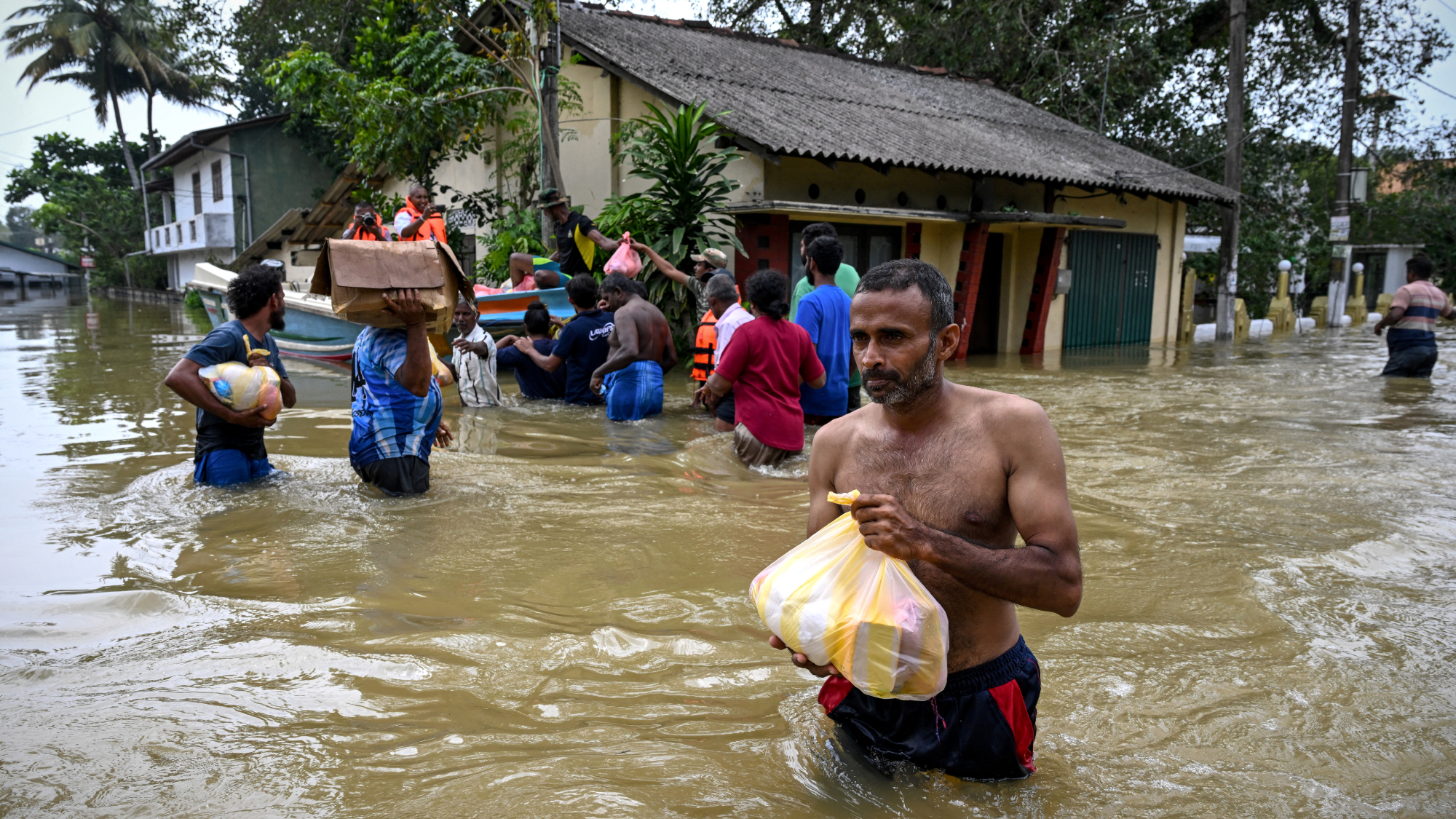 Death toll from Southeast Asia storms tops 1,000
Death toll from Southeast Asia storms tops 1,000speed read Catastrophic floods and landslides have struck Sri Lanka, Indonesia, Thailand and Malaysia
-
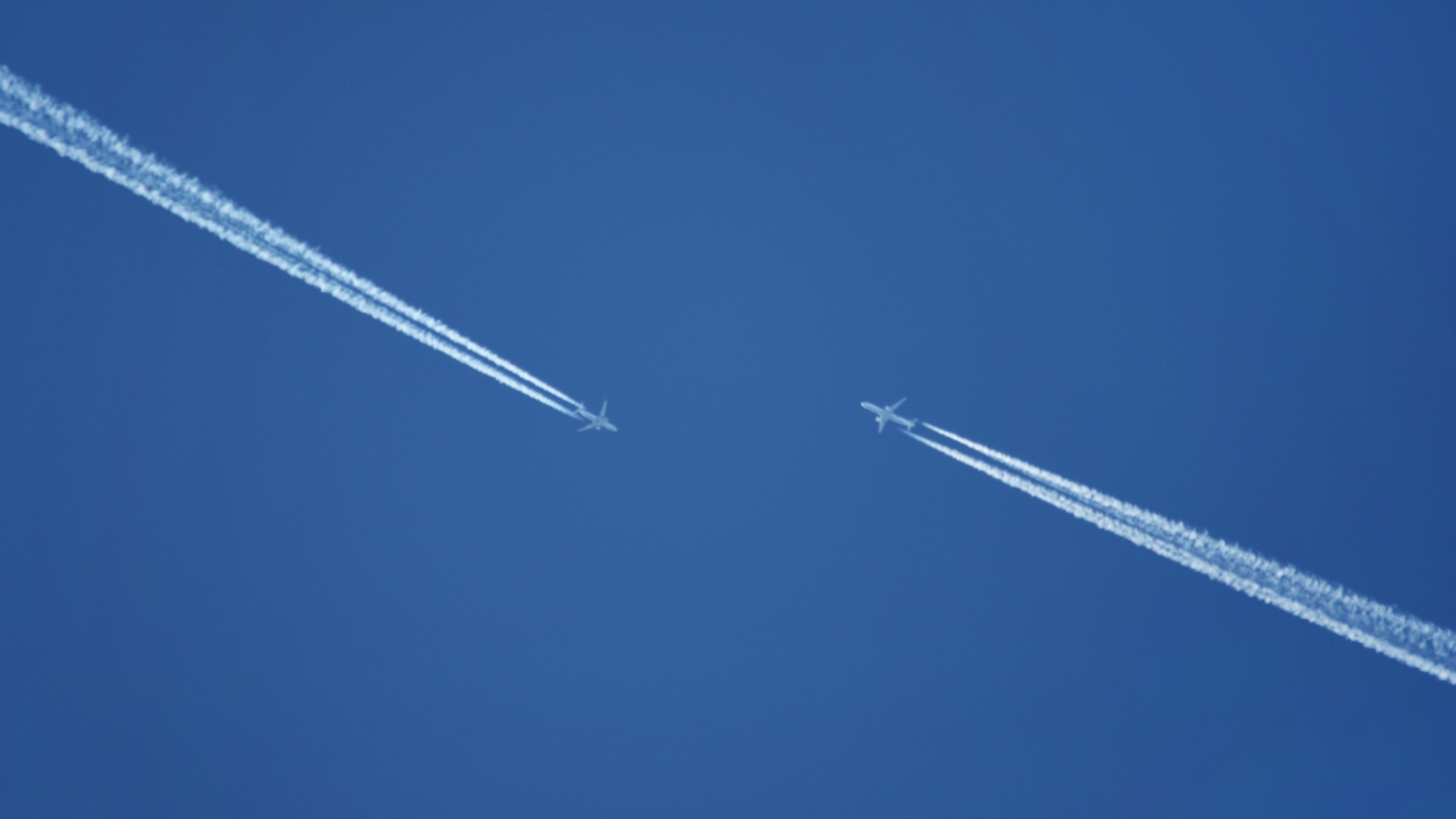 Can for-profit geoengineering put a pause on climate change?
Can for-profit geoengineering put a pause on climate change?In the Spotlight Stardust Solutions wants to dim the sun. Scientists are worried.
-
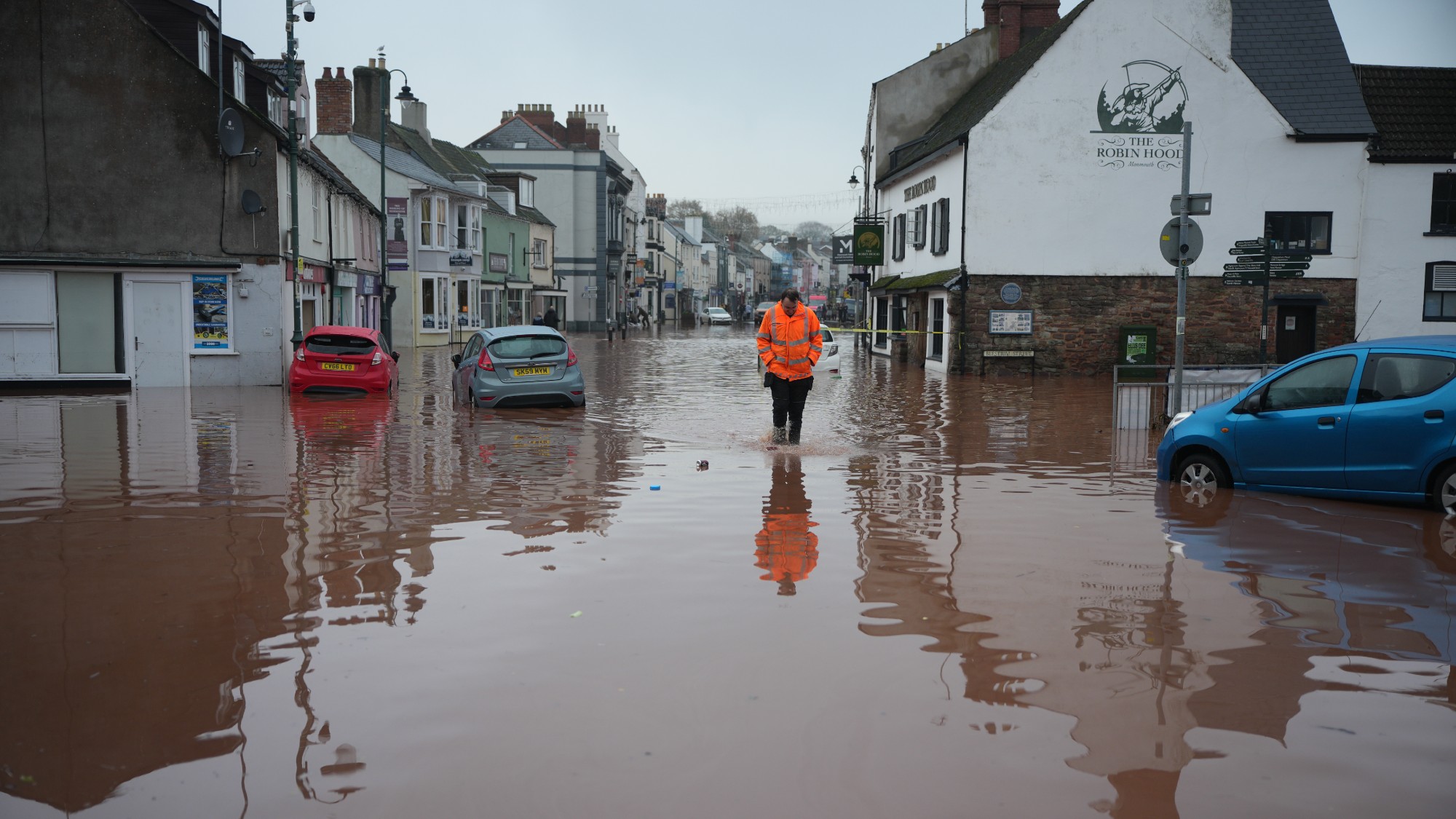 How will climate change affect the UK?
How will climate change affect the UK?The Explainer Met Office projections show the UK getting substantially warmer and wetter – with more extreme weather events
-
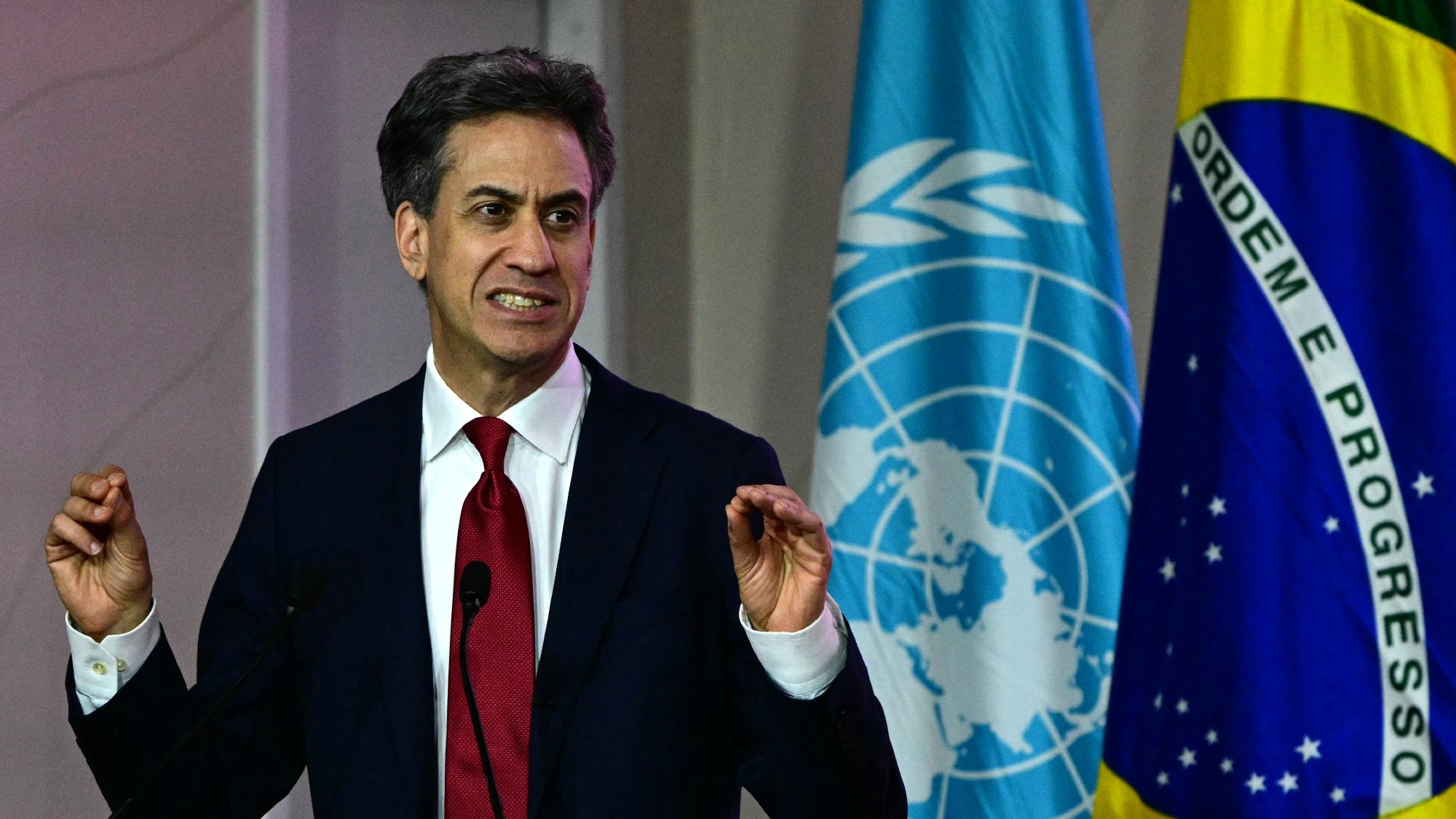 Can the UK do more on climate change?
Can the UK do more on climate change?Today's Big Question Labour has shown leadership in the face of fraying international consensus, but must show the public their green mission is ‘a net benefit, not a net cost’
-
 Did Cop30 fulfil its promise to Indigenous Brazilians?
Did Cop30 fulfil its promise to Indigenous Brazilians?Today’s Big Question Brazilian president approves 10 new protected territories, following ‘unprecedented’ Indigenous presence at conference, both as delegates and protesters
-
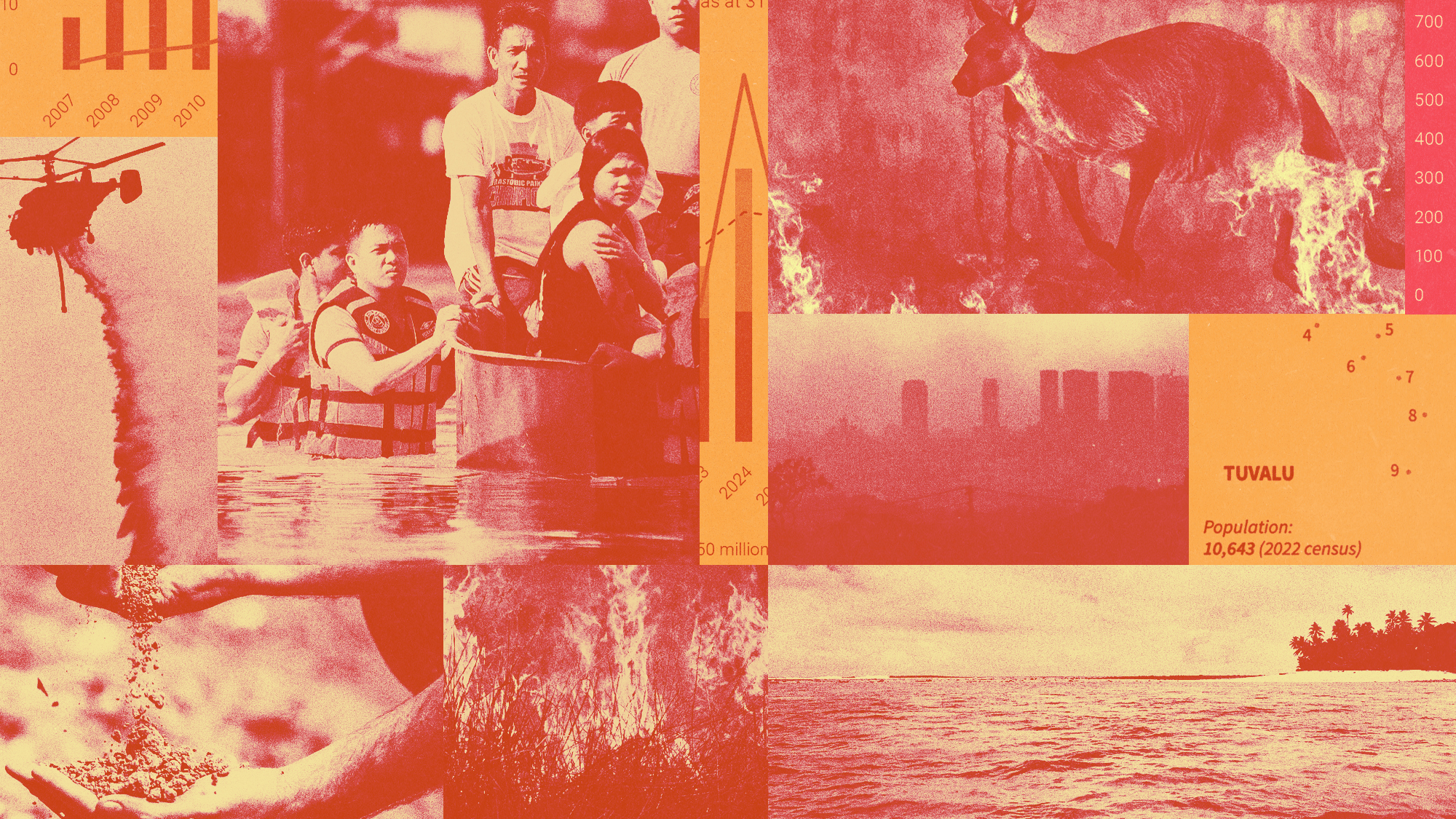 Can the world adapt to climate change?
Can the world adapt to climate change?Today's Big Question As the world gets hotter, COP30 leaders consider resilience efforts
-
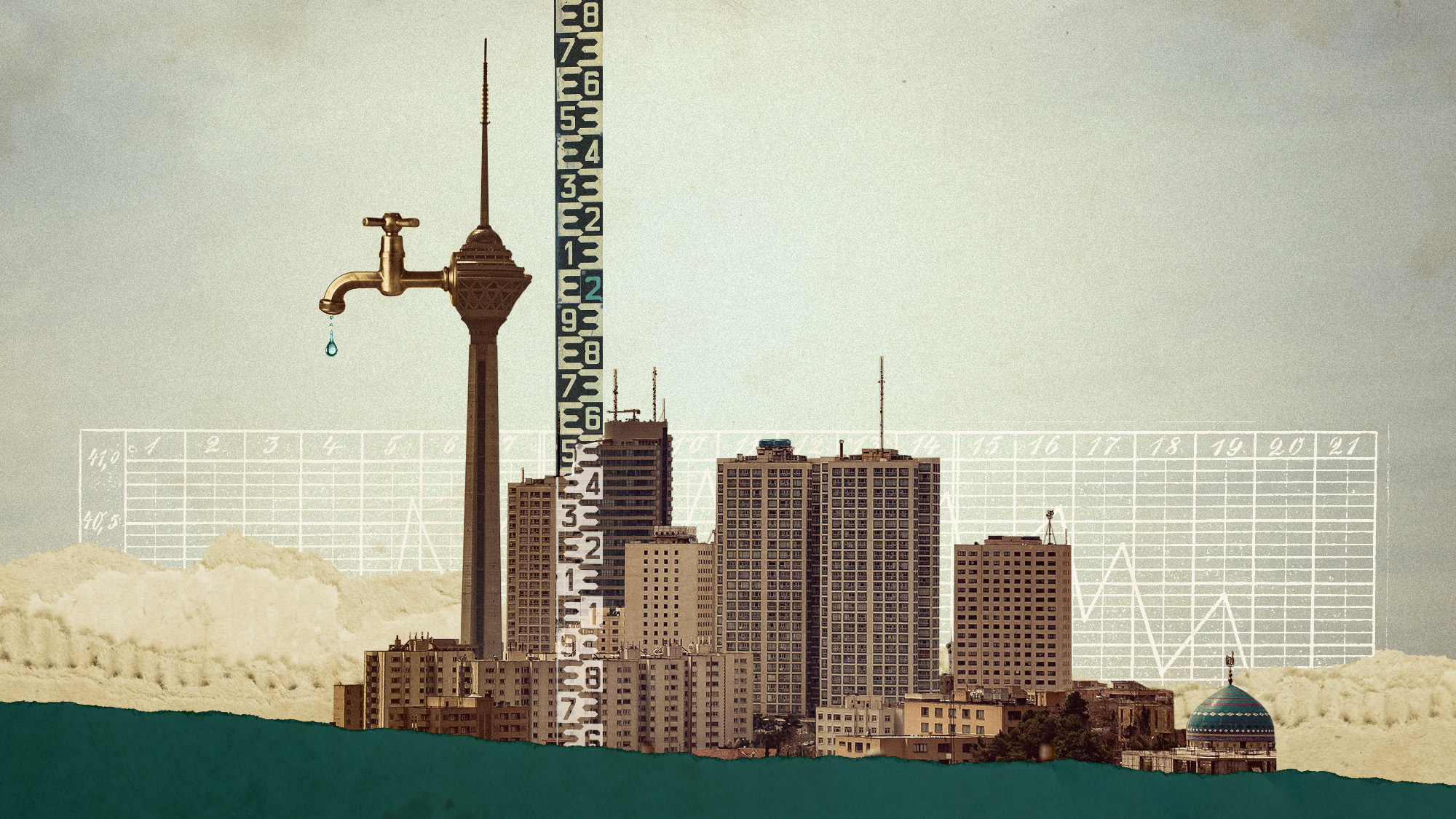 Taps could run dry in drought-stricken Tehran
Taps could run dry in drought-stricken TehranUnder the Radar President warns that unless rationing eases water crisis, citizens may have to evacuate the capital
-
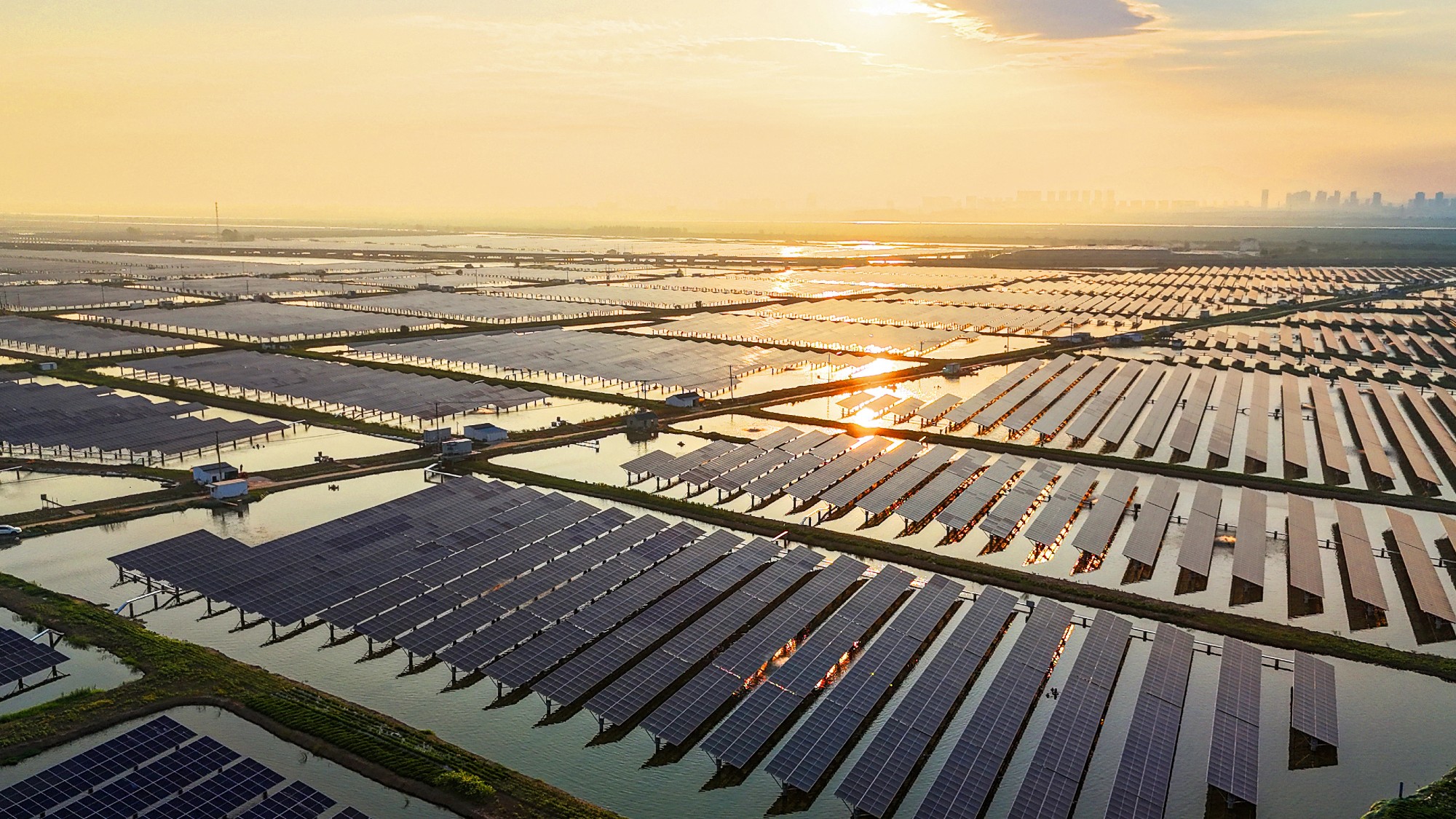 The future of the Paris Agreement
The future of the Paris AgreementThe Explainer UN secretary general warns it is ‘inevitable’ the world will overshoot 1.5C target, but there is still time to change course